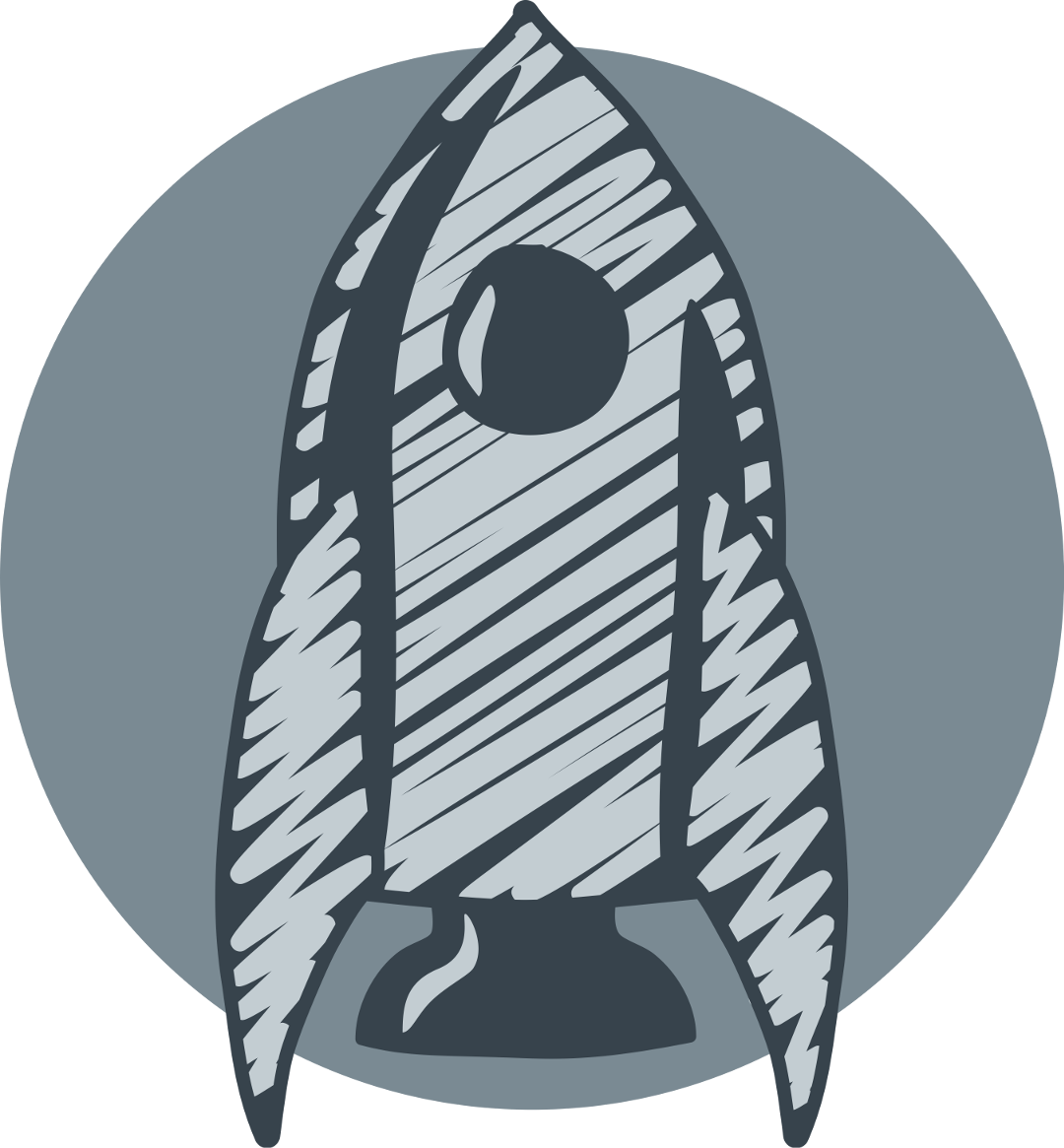Visible Light Communications, VLC
Over the past decade, the use of optical signals instead of radio signals has garnered significant research and standardization interest. Lovefield Wireless has been instrumental in finding low-cost ways to realize Visible Light Communications for wireless networking.
Visible Light Communication (VLC) is a technology that transmits data using the visible light spectrum, typically through rapidly modulating LED lights beyond human perceptual limits. As a branch of Optical Wireless Communications (OWC), VLC provides high-speed data transfer while doubling as a light source. It offers advantages for applications like indoor positioning, smart environment connectivity, and secure communications, given its confinement to illuminated areas. VLC addresses the growing need for wireless bandwidth without relying on congested radio frequencies.
The prevailing trajectory of increasing demand for wireless data transmission is set to necessitate the utilization of presently untapped frequency bands within the electromagnetic spectrum, encompassing the visible light spectrum (400 to 800 Terahertz). Visible Light Communication (VLC) ingeniously merges illumination with data communication capabilities. While the technology itself is not novel, significant progress in VLC research has already been integrated into communication standards, such as IEEE 802.11 Li-Fi and IEEE 802.15.7, demonstrating its evolving relevance and application in modern wireless communication infrastructures.

The Internet of Things (IoT) facilitates the interconnectivity of simple, low-complexity devices such as sensors, utilities, and toys to a wide-area network, with many IoT devices requiring minimal data transfer rates. An effective communication infrastructure designed to connect a vast array of devices should be cost-efficient, unobtrusive, and ubiquitously available. Visible Light Communication (VLC) emerges as a favorable option due to its numerous advantageous attributes, including the lack of regulatory constraints and its inherent simplicity.
In the realm of underwater communication, VLC presents a compelling alternative to traditional radio frequency (RF) based wireless communication, particularly in scenarios where radio waves are impractical. Notable applications include submarine and swimming pool environments, which are pivotal in advancing the development of an underwater Internet of Things (IoT). Unlike terrestrial wireless radio communications, underwater wireless networks face significant challenges due to the severe attenuation of radio signals. Infrared signals suffer more than those at shorter wavelengths (higher frequencies), explaining why underwater imagery predominantly features blue hues: blue light wavelengths penetrate water more effectively than red or infrared optical signals.
Elliptic Works from Southampton, New York, USA, already offers a world-class VLC platform solution for consumer markets.
In the context of submarine communications, unmanned vehicles tasked with monitoring and exploring oceanic environments, such as Remotely Operated Vehicles (ROVs) and Autonomous Underwater Vehicles (AUVs), necessitate the capability to transmit data over extended distances and at substantial volumes. Wired connections impede the mobility of these devices, while radio-based solutions offer only restricted range. Conventionally, most wireless underwater communication systems rely on acoustic waves, which are limited to relatively low transmission rates (in the order of hundreds of bits per second).
Underwater Visible Light Communication (UVLC) introduces the potential for significantly higher data transmission rates, reaching Megabits per second. Inexpensive consumer-grade UVLC systems typically employ Light Emitting Diodes (LEDs) for this purpose. Alternatively, laser diodes, which necessitate precise alignment with the receiver, are utilized in more specialized applications, underscoring the versatility and enhanced capabilities of UVLC in underwater communications.
Since 2020, Lovefield Wireless is member of the European COST Action “NEWFOCUS”, which is a large research collaboration effort to bring experts working on optical wireless communication together.
© Lovefield Wireless GmbH.
All rights reserved.


